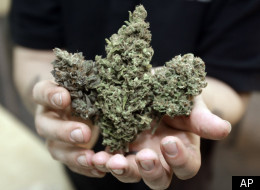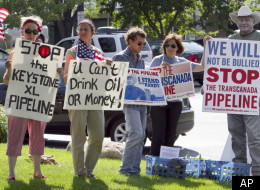Medical Marijuana: Michigan Court Bans Sale Of Pot Through Private Shops
Friday, August 26, 2011

Since we know that the way to get legislatio
Just like the Equal Rights Amendment. So it failed once. You keep at it.
Read the Article at HuffingtonPost









